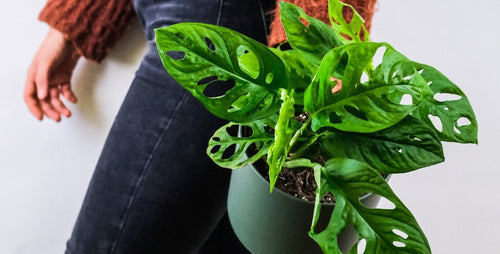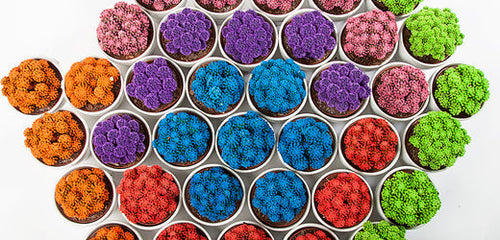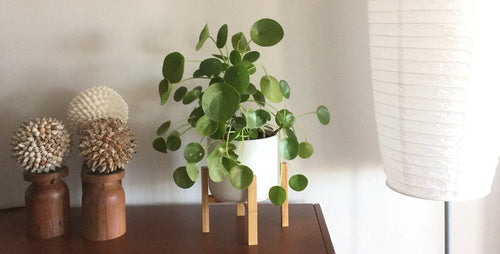1. Watch the leaf tips
If the tips of your dracaena leaves turn brown, it's a sign that you may not be watering your plant enough. If you allow your plant to go dry for a long time, your dracaena reacts, not by wilting, but by tipping you off with brown tips. But don’t overreact by overwatering, which is the most common plant killer. Add water when the top inch of the soil feels dry. In winter, you can also boost humidity around the plant by using a humidifier or a pebble tray filled with water.
2. Trim dead and browning foliage
Give your dracaena a spa day by doing a little leaf nipping and tucking. Start by removing dead leaves with a pair of scissors. Then trim off brown tips to make the plant look fresher. Consider pruning any stems are out of proportion. In fact, trimming back long stems will help boost growth.
3. Take note of dropping leaves
If your dracaena has started dropping leaves, it may be your plant’s way of saying that you should hold back on watering. If your dracaena's roots sit in wet soil for a long time, you are essentially drowning your plant.
4. Dust leaves (so photosynthesis can happen)
Your dracaenas (and all plants) thrive by transforming sunlight into food. This process, called photosynthesis, is how your plant grows. A layer of dust, even a faint layer, blocks sunlight and impedes your plant’s ability to feed itself. Use a cotton or microfiber cloth to remove dust every month or so.
Learn more about cleaning houseplant leaves.
5. Cut to create new growth
Did you know that cutting the branches of caned dracaenas (such as corn plant) boosts growth? New foliage will sprout below the stem cut. This is handy trick for plant owners who like to keep their houseplants a certain height and make it more bushy and compact.
Learn more!
Written by Karen Weir-Jimerson

















